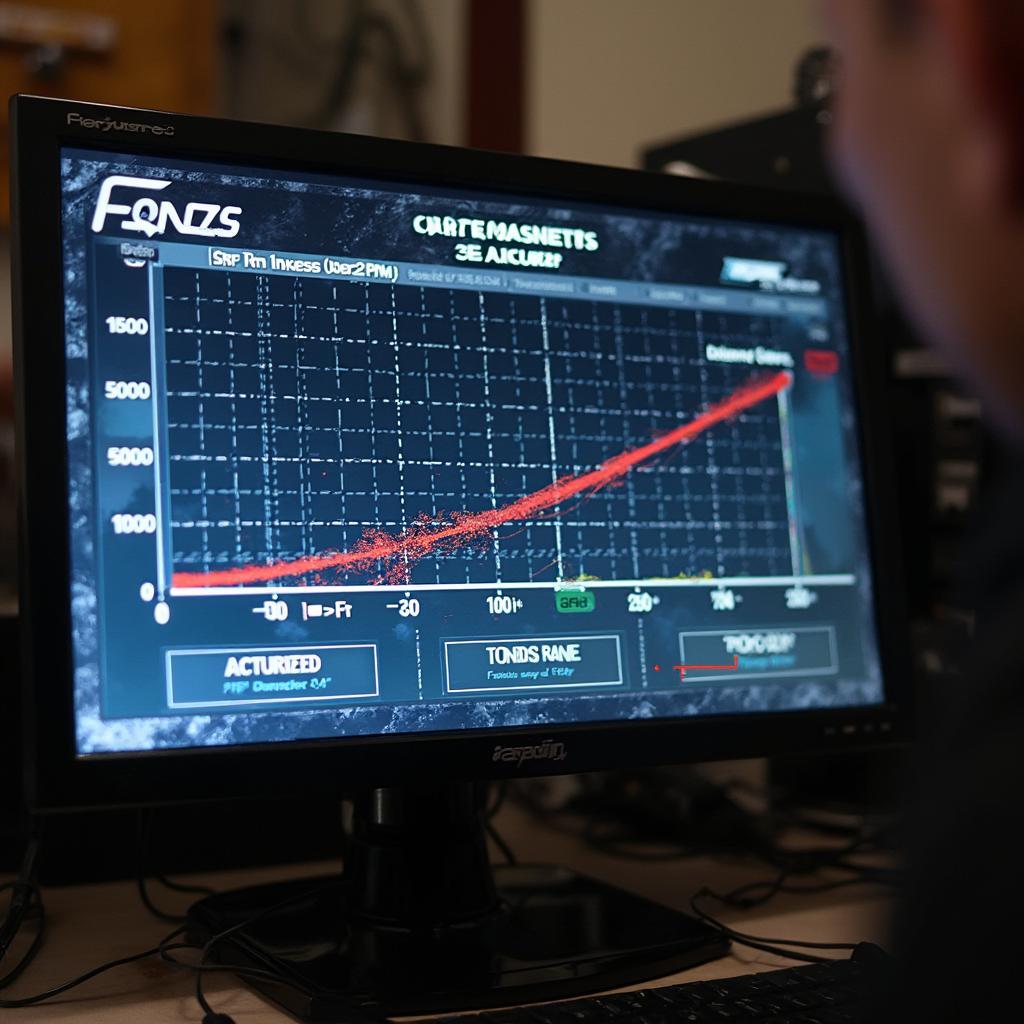Your cart is currently empty!

OBD2 Code Flasher: Your Guide to Reprogramming Your Car’s Computer
An Obd2 Code Flasher, also known as a flash tool or programmer, is a device that allows you to modify or reprogram the software within your car’s engine control unit (ECU). This powerful tool can be used for a variety of purposes, from enhancing performance to fixing software glitches. Understanding how to use an OBD2 code flasher can unlock a world of possibilities for customizing your vehicle’s behavior.
What is an OBD2 Code Flasher?
An OBD2 code flasher connects to your vehicle’s OBD2 port, the same one used for diagnostic scanning. Instead of just reading codes, however, a flasher writes new code to the ECU. This reprogramming can alter various parameters, including fuel injection timing, ignition timing, boost pressure (in turbocharged vehicles), and transmission shift points. Essentially, it’s like giving your car’s brain a software update – but with the potential for significant performance and efficiency gains. This process requires careful consideration and a good understanding of the implications. For example, are you looking for an OBD2 scanner for a Toyota 4Runner?
It’s important to distinguish between an OBD2 code flasher and a simple code reader. A code reader retrieves diagnostic trouble codes (DTCs) from the ECU, indicating potential issues. A flasher, on the other hand, goes a step further, allowing you to modify the ECU’s programming itself. Think of it this way: a code reader is like reading a book, while a flasher is like editing it. Check out our article on OBD2 emergency flasher for related information.
 OBD2 Code Flasher Connected to Car
OBD2 Code Flasher Connected to Car
Why Use an OBD2 Code Flasher?
Why would you want to reprogram your car’s computer? There are several compelling reasons, from improving performance to addressing specific issues. Some of the most common uses include:
- Performance Tuning: Flashing your ECU can unlock horsepower and torque, improve throttle response, and optimize fuel efficiency. This is particularly popular with car enthusiasts looking to get the most out of their vehicles.
- Fixing Software Glitches: Occasionally, a car’s ECU might develop software bugs. A flasher can be used to update the software and resolve these issues.
- Aftermarket Modifications: If you’ve made significant hardware modifications to your car, such as installing a new exhaust system or turbocharger, flashing the ECU is often necessary to ensure everything works harmoniously.
- Restoring Factory Settings: In some cases, you might need to revert your ECU back to its original factory settings. A flasher can accomplish this, often more efficiently than taking your car to a dealership. Learn more about OBD2 flasher module in our dedicated article.
 OBD2 Code Flasher Performance Graph
OBD2 Code Flasher Performance Graph
Risks and Precautions
While powerful, OBD2 code flashers must be used responsibly. Improper use can lead to serious problems, including:
- Voiding Your Warranty: Modifying your car’s ECU can void your warranty, so proceed with caution.
- Damaging Your ECU: If the flashing process is interrupted or performed incorrectly, it can damage the ECU, potentially requiring costly repairs.
- Reduced Engine Life: Aggressive tuning can put excessive strain on engine components, leading to premature wear and tear. Need help with turn signals? Check our OBD2 turn signal guide.
Choosing the Right OBD2 Code Flasher
Selecting the correct flasher is crucial. Factors to consider include vehicle compatibility, software features, user-friendliness, and price. Research thoroughly and choose a reputable brand. Have you ever encountered issues with your emergency flashers, particularly in a Crown Victoria? Check out our article on emergency flashers obd2 crown vic.
Understanding Your Car’s Needs with an OBD2 Code Flasher
Understanding your car’s needs begins with a comprehensive diagnostic approach, and an OBD2 code flasher can be instrumental in this process. Whether you’re a professional mechanic or a car enthusiast, using a flasher empowers you to delve deeper into the complexities of your vehicle’s engine control unit.
Conclusion
An OBD2 code flasher is a powerful tool for customizing and optimizing your vehicle’s performance. However, it’s essential to understand the risks involved and use the tool responsibly. With proper research and careful execution, an OBD2 code flasher can unlock your car’s full potential.
FAQ
- What is the difference between an OBD2 code reader and an OBD2 code flasher? A code reader retrieves diagnostic trouble codes, while a flasher modifies the ECU’s programming.
- Can an OBD2 code flasher damage my car? Yes, improper use can damage the ECU.
- Will using an OBD2 code flasher void my warranty? It can, so check with your manufacturer.
- How do I choose the right OBD2 code flasher? Consider vehicle compatibility, software features, user-friendliness, and price.
- Is it legal to use an OBD2 code flasher? Laws vary, so check your local regulations.
- What are the benefits of using an OBD2 code flasher? Benefits include performance tuning, fixing software glitches, and adapting to aftermarket modifications.
- Where can I learn more about using an OBD2 code flasher safely? Consult reputable online resources, forums, and professional mechanics.
Need support? Contact us via WhatsApp: +1(641)206-8880, Email: [email protected] or visit us at 789 Elm Street, San Francisco, CA 94102, USA. Our customer service team is available 24/7. You can also find more helpful articles like this on our website, such as our guide on OBD2 scanner for Toyota 4Runner. We also offer resources on topics like OBD2 emergency flasher and others related to car diagnostics and repair.

Leave a Reply